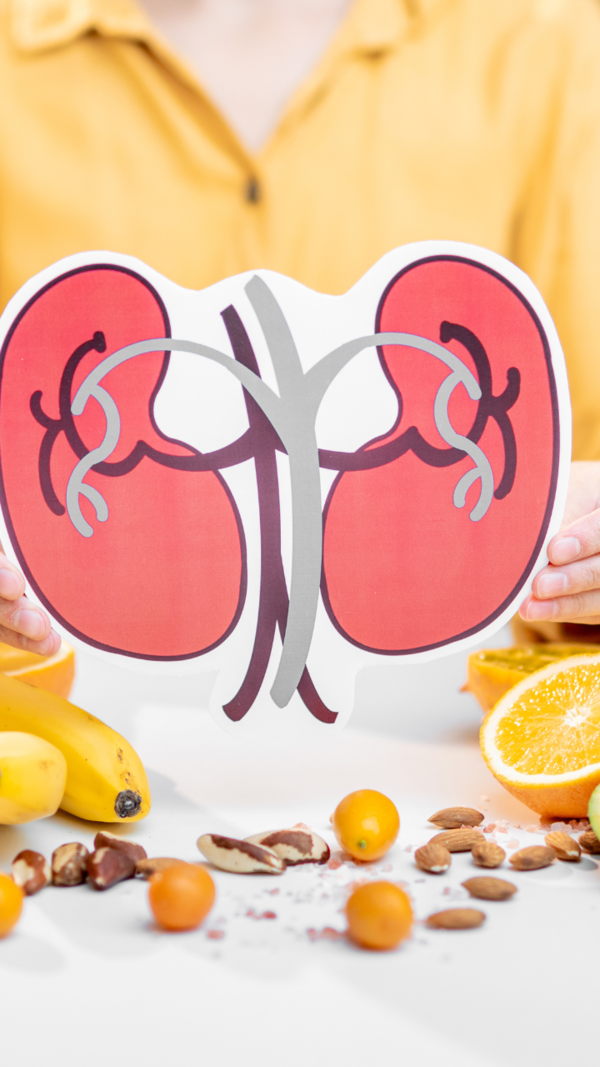Trending
Parenting: How to build the Domino effect of good habits in children and adults
Cultivating good habits in children sparks a positive domino effect, influencing family dynamics. A good day doesn’t start with perfection—it starts with one good habit. That single habit has the power to uplift a mood, energize the body, and bring a sense of accomplishment. When nurtured with consistency, kindness, and structure, these habits become powerful forces—setting off a domino effect of goodness in both children and adults.
One small step in the right direction can lead to an entire journey of positive change. That’s the magic of the domino effect of good habits. Just like one domino can topple the next, one small habit—when built with care—can inspire many others to follow, not just in children but also in the adults around them. When children start their day with positive choices, the energy flows through the entire family. A warm, happy day begins with a simple, well-placed habit.
Here’s a look at how the domino effect of good habits can be built, nurtured, and sustained.
Begin with one powerful habit: The first domino should be impactful

Stack one good habit on another
Use the trigger–action–reward loop
According to behaviour scientists, habits are built using a three-step loop: a trigger, an action, and a reward. For example:
- Trigger: Morning alarm rings.
- Action: A glass of water is drunk.
- Reward: A star is added to the habit tracker.

Watch how one habit sparks a ripple of healthier Living
Good habits don’t exist in isolation. When one falls into place, others tend to follow. A child who exercises daily often starts sleeping better. Rested minds perform better in school and manage emotions more calmly. Healthy sleep encourages better food choices. These ripples keep expanding across different areas of life—physical health, emotional stability, and even social behaviour. Adults watching this pattern may feel inspired to join in too, creating a shared space of health at home.
Use a habit tracker: A simple yes or no makes a big difference
Visual progress can be incredibly motivating. A habit tracker—whether it’s a colorful sticker chart or a journal with simple yes/no checkboxes—can encourage consistency. Each tick or star represents a small victory. It helps children reflect on their day and learn about self-discipline in a fun and engaging way. Over time, these charts turn into a personal success story, building self-worth and inner motivation.
What if the domino isn't flipped? Learning from missed days
There will be days when habits don’t happen. That’s okay. What matters is what follows. Missed days can be seen as chances to learn, not reasons to give up. Talking openly about why something was missed helps children understand emotions, distractions, and real-life challenges. It teaches resilience. The domino may have stayed still—but the hands that set it up are learning how to try again.

About the Author
TOI Lifestyle DeskEnd of Article
FOLLOW US ON SOCIAL MEDIA
Visual Stories
Tired of too many ads?










